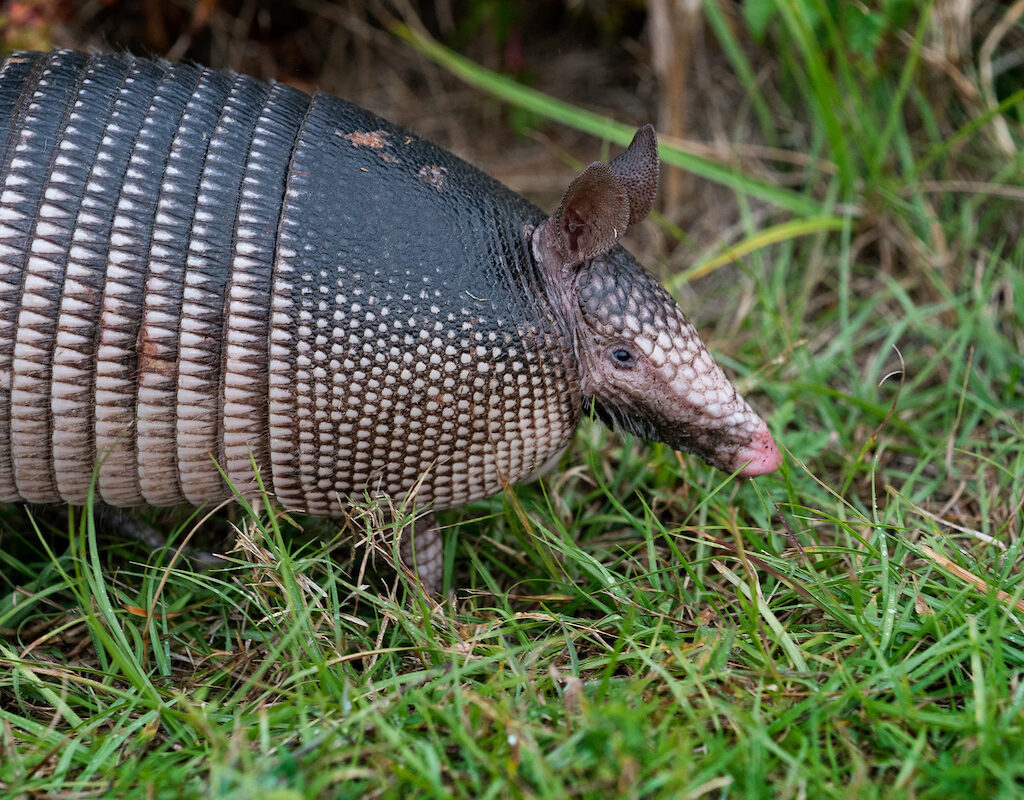Wildlife
We offer a wide range of resources, publications and events to provide landowners, conservationists and hunters an array of information regarding wildlife, including white-tailed deer, dove, quail, waterfowl and turkeys as well as non-native species like feral hogs as well as habitat and population management.
Related Department: Animal Science, Rangeland, Wildlife and Fisheries Management

Feral Hog Management

Learn About
Wildlife
Publications
Programs
All Resources on Wildlife
- Publication
Updated with the latest research on quail habitat management, predator control, and recent issues such as aflatoxin contamination, Hernández and Guthery help land stewards understand the optimum conditions for encouraging and sustaining quail populations while continuing to manage rangeland for cattle production.
- Publication
This publication features all the hummingbirds found in Texas and the southwestern United States and discusses some of the ways humans interact with these tiny birds.
- Publication
This publication provides science-based information on the history and distribution of wild pigs (Sus scrofa) in the US and how these animals negatively impact water quality.
- Publication
This publication is the proceedings of a symposium that examined the role of fire in managing wildlife habitat in various ecological regions of Texas.
- Publication
This publication explains how to determine quail population and describes direct and indirect management practices for quail.
- Publication
This publication helps landowners find profitable ways to manage their land after the Conservation Reserve Program expires.
- Publication
This 48-page free, downloadable publication provides crawfish producers information on successfully raising crawfish in Texas.
- Publication
This fact sheet discusses various mesocarnivores often encountered near human environments and why it is important to refrain from feeding these animals.
- Publication
The small English or house sparrow is common in urban and suburban areas. Their droppings kill vegetation and damage car finishes. They also carry diseases, parasites, and insects. This publication lists control methods and control restrictions. (2 pages)
- Publication
Several species of woodpeckers, flickers, and sapsuckers live in Texas. They can be destructive when they drill holes in wooden structures. This publication discusses various controls and alternative methods for eliminating noise and damage. (4 pages)
